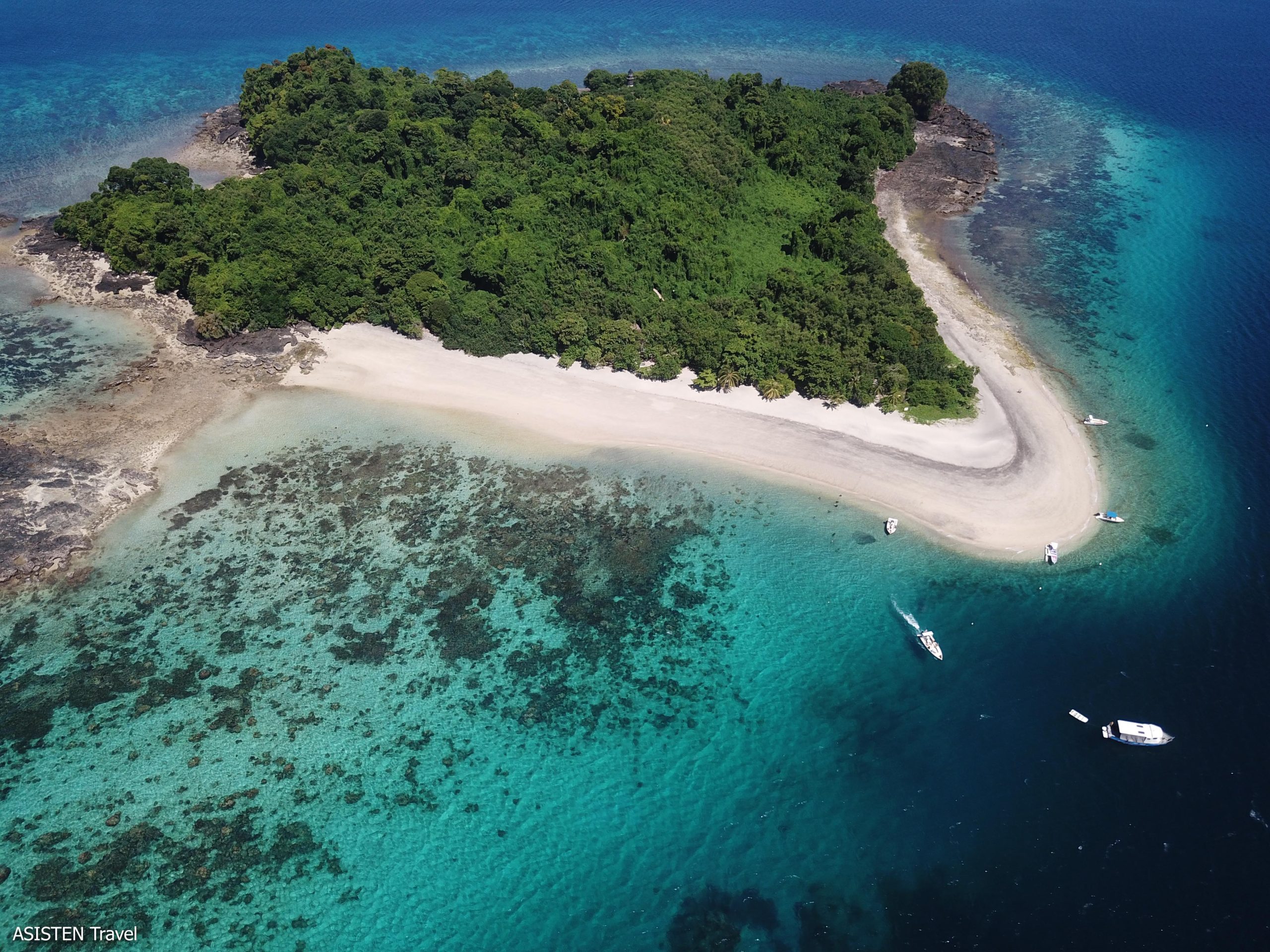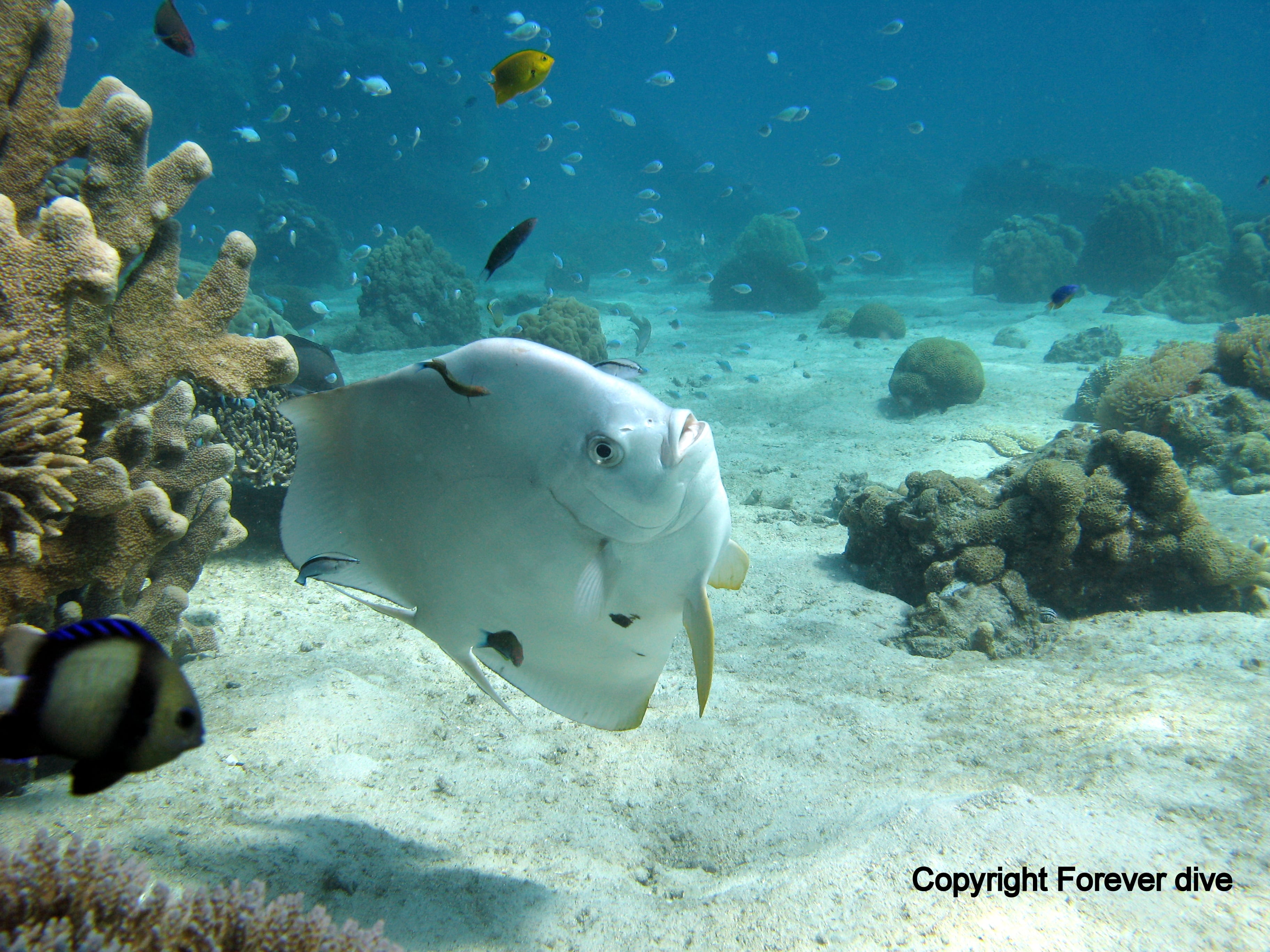
Nosy Tanihely
On the plan
Area 340 Ha
VISIT US
Depending on your means of transport :
- Ground Transportation
Leave Antananarivo, Diego or Mahajanga by car (bush cab or private car) to reach the port of Ankify (Ambanja), the departure point for speedboats.
- Antananarivo - Ambanja: approx. 14 hours (by car)
- Diego - Ambanja: approx. 9 hours (by car)
- Mahajanga - Ambanja: approx. 12 hours (by car)
- Maritime transport
- Boats and speedboats shuttle you from Ankify (Ambanja) to the port of Hell Ville.
- From Nosy Be, by sea to the island ofTanihely, the departure point is chosen according to the boat landing point, i.e. at the port of Hell Ville or at Ambatoloaka or at Andilana or at Ankify.
- Air transport
- From the capital, a regular flight connects Ivato airport with Fascène, Nosy Be airport.
- From Fascène airport, licensed city cabs provide transfers from the airport to Hell ville.
Ideal period
Parc Nosy Tanihely is accessible all year round.
Available activities
- Scuba diving from 12 to 20 m,
- Snorkelling
- Picnic excursion
- Swimming and sunbathing
- Short stroll in the forest, visiting the interpretation center and the lighthouse for a panoramic view of the Park's surroundings.
- Lemur and bat observation points.
Reception infrastructures
- Welcome station,
- Rest area,
- Picnic area,
- Meal area,
- Interpretation center...
Fees and charges
Download the reference document to find out more about park fees and charges.
Advisory equipment
To make the most of the Park, you'll need :
- Sunglasses,
- Light clothing to protect you from sunstroke during snorkelling and sea excursions
- Don't forget your hat and swimsuit,
- Bring organic sunscreen that is not harmful to marine biodiversity.
Code of conduct
- Animals may not be touched
- Always have a ticket with you for every visit
- Online booking for access to the Park






